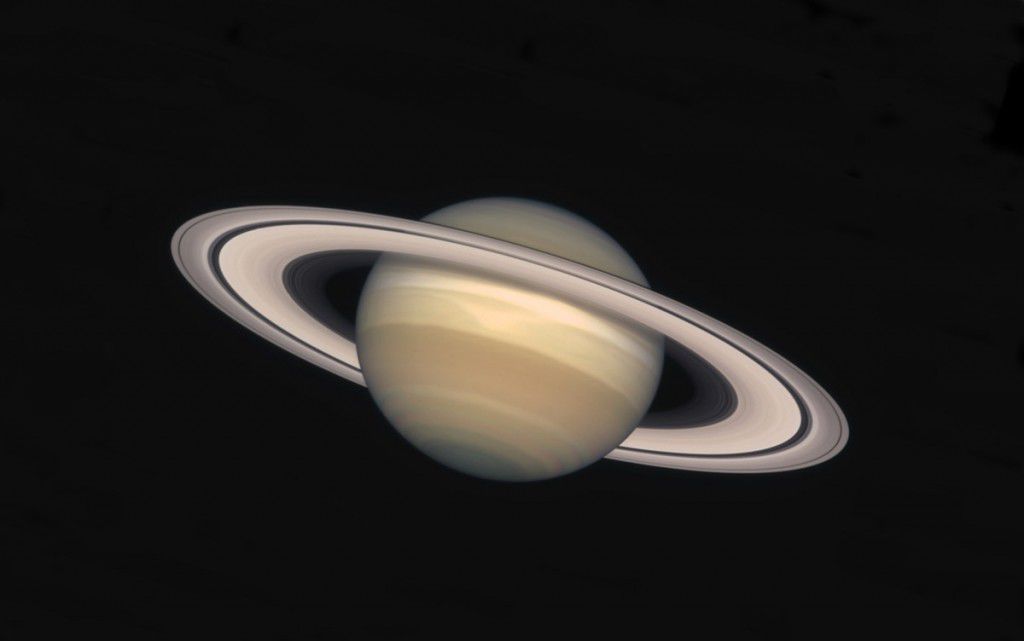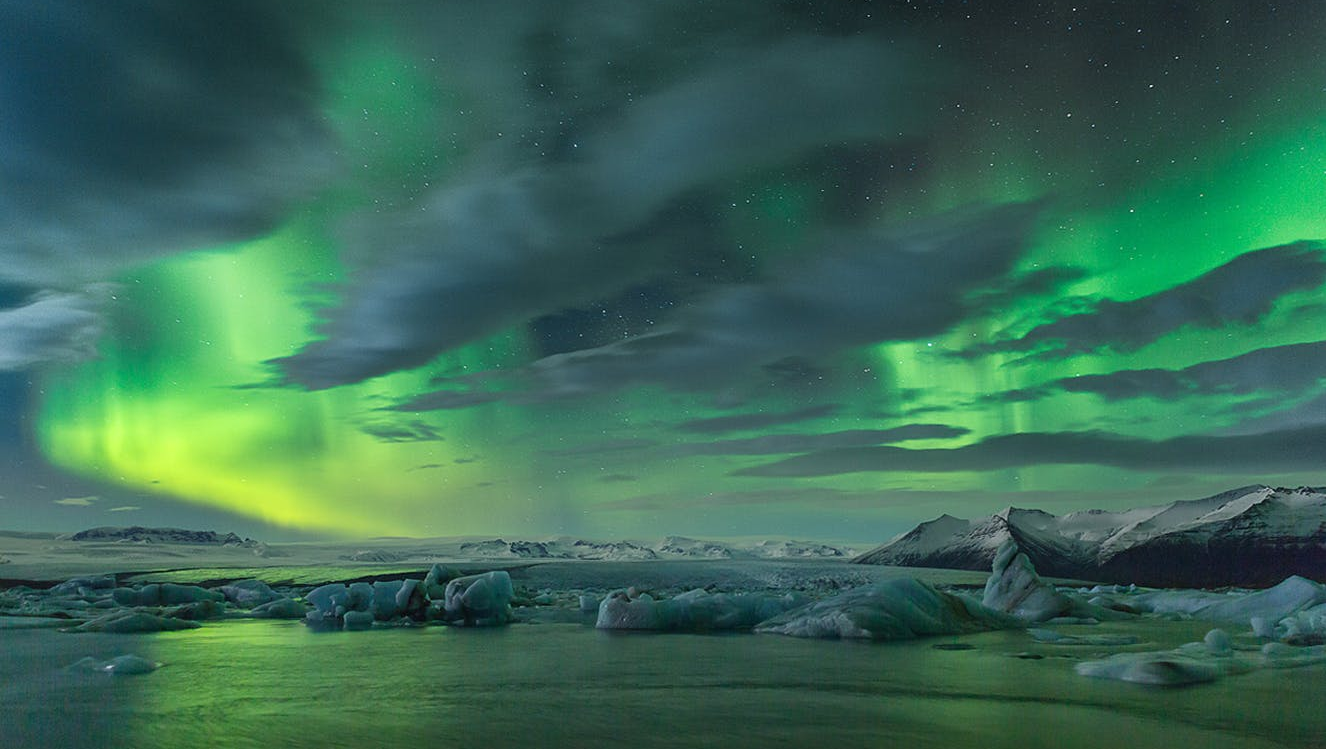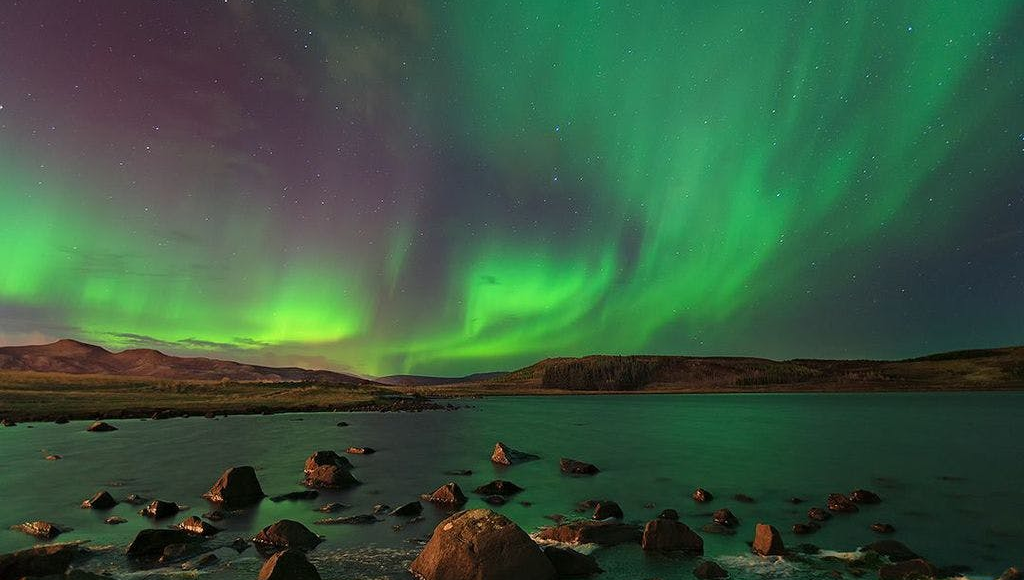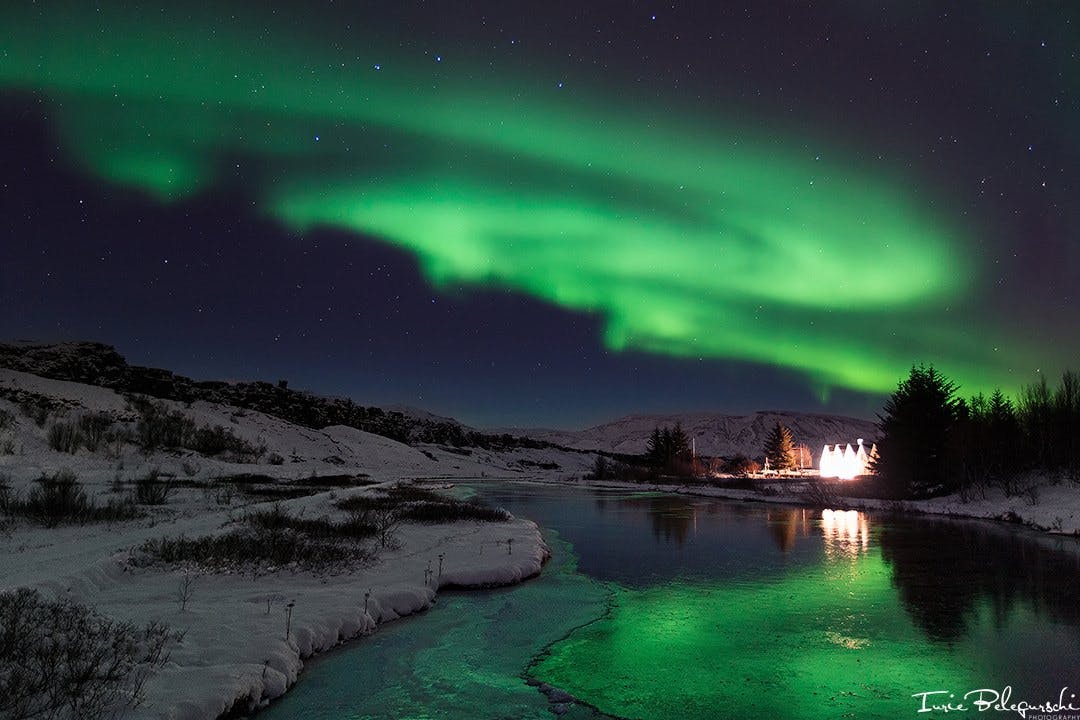Astronomy
Passionate about astronomy since the age of 10, I share some information with you.
THE OBJECT CELESTIALIN SIGHT
NORTHERN LIGHTS
(note: hover the mouse cursor over an image to get its caption)
What is the definition of an aurora borealis? How does this phenomenon occur and where can you observe the Northern Lights?
ASTRONOMY AND DISCOVERY INFO
Do you dream of touching the stars? The Pic du Midi (Hautes-Pyrénées) can make this dream come true while remaining on Earth. How?
Spending a magical night at the summit!
The ascent
When the day comes to an end, take the cable car. While all the tourists go back down, you go up to spend the night at the Peak!
On your arrival at the summit, while the day is slowly slipping away, you still have time to explore the terraces and admire the Pyrenees mountain range. Snowy or not, it offers itself to you in all its splendor.
At the top
On arrival at the summit, you are accompanied to your room. Then, you can enjoy the site, while waiting to participate in the welcome cocktail specially reserved for you.
Sunset
Then comes one of the first highlights of your evening: from the terrace you observe the sun gently descending towards the Pyrenees mountains, playing hide and seek with them, setting them ablaze then suddenly disappearing to give way to night.
Traditional dinner
While the stars settle above you, in the Pic du Midi International Starry Sky Reserve, you go to the restaurant where a traditional dinner specially prepared by the chef awaits you.
A planetarium!
A simple cinema room? Far from there !
In a planetarium, no screen but a huge dome above your head! Sitting in comfortable reclined armchairs, you will be taken on journeys to discover the stars and much more!
A planetarium like no other!
The Pic du Midi planetarium is located under the Baillaud dome, a place steeped in history and science. It is the oldest astronomical installation at the observatory. It was transported to the Pic on the backs of men and mules for two years, in 1907 and 1908. After a century of research and astronomical discoveries, the Baillaud dome is enjoying a new life by now housing the highest planetarium in Europe!
Comments
Eat well, warm up well because the night will be long and beautiful. After the meal, your guide guides you in stargazing. Astronomy enthusiasts, rejoice! Access to the Charvin dome equipped with a 400 mm Schmidt-Cassegrain telescope is specially reserved for you.
A room on the mountain
Then it’s time to go to your room. The same one used recently by the scientists, astronomers and technicians who made the Pic famous. A simple but comfortable room with a breathtaking view… of the mountain and the stars!
Sunrise
You didn't come to sleep in, did you? Because if you want to witness the majestic sunrise over the Pyrenees, you have to get out of bed early! After this magical moment, a hearty continental breakfast is served to you in the restaurant.
Scientific districts
And your program is not finished! As a bonus, a visit to the domes of the scientific districts (an exclusive to Nuits au Sommet, since it is a workplace, inaccessible to the public) is offered to you. This is as part of the partnership with the Midi-Pyrénées Observatory.
Return to earth
It is in the morning that you return to La Mongie, your eyes full of stars, your brain full of new knowledge and your heart overflowing with emotions...
Some little tips:
Bring -very- warm clothing: hat, gloves, good shoes, fleece, windbreaker... to enjoy outdoor activities in good conditions, in all seasons.
To follow the weather, live, from the Pic du Midi, you can click on this link
You can equip yourself with binoculars if you have them, and also with lamps (torches or headlamps) with red light only. Red light, which generates little light pollution, will be useful when traveling and above all will improve your visual acuity when observing the night sky.
Here are the next dates:
Dates and availability for Nuits au Sommet can be consulted directly on the
online sales module. 2024 CALENDAR: FULL; 2025 CALENDAR open for reservation
The number of places available at the Pic du Midi for Nuits au Sommet is limited to only 27 people per night. 12 double rooms and 3 single rooms constitute the maximum capacity of the facilities.
RATE
- Single room package from 469€/person
- Double room package from €519/room
(cancellation insurance and handling fees extra)
Latest astronomy news
ESA: mission Juice (Jupiter Icy moons Explorer)
On 04/13/2023: Ariane 5 VA 260 with Juice - Integration and deployment timelapse (see video on the left)
Flight VA 260 is the last Ariane 5 flight to carry an ESA mission into space.
Watch a replay of the broadcast of ESA's Juice, Jupiter Icy Moons Explorer launch.
Juice was launched into space on an Ariane 5 from the European spaceport in French Guiana on April 14, 2023, for an eight-year journey around Jupiter. It will make detailed observations of the gas giant Jupiter and its three large oceanic moons - Ganymede, Callisto and Europa.
The program includes live footage from the spaceport and ESA's European Space Operations Center (ESOC) in Darmstadt, Germany.






